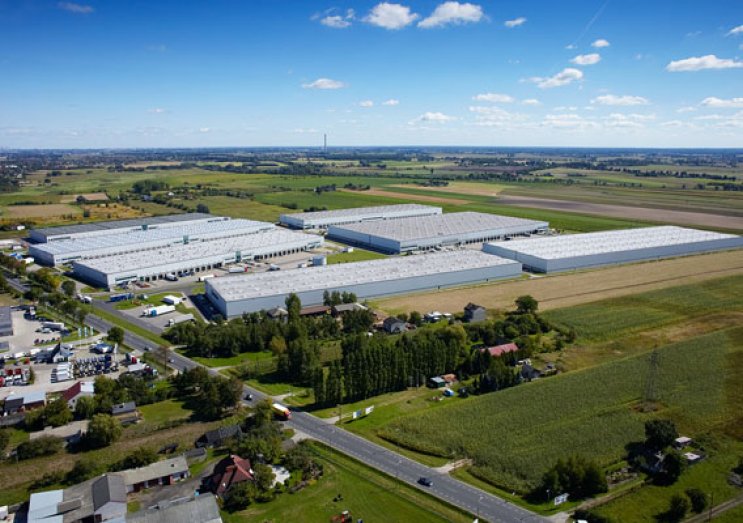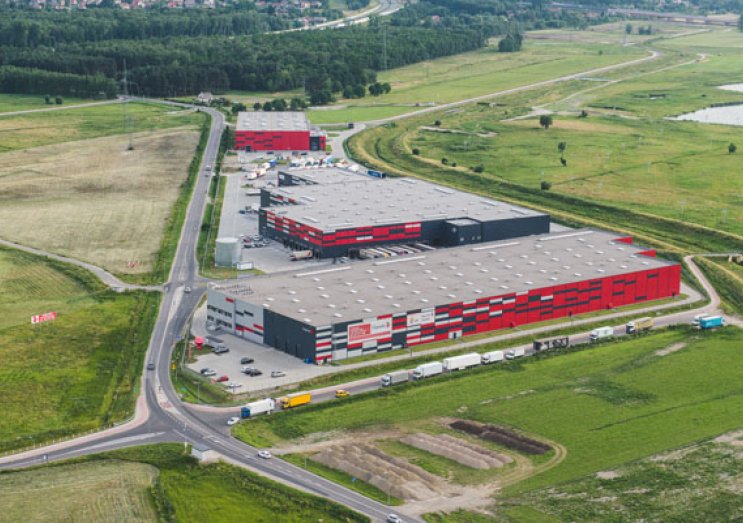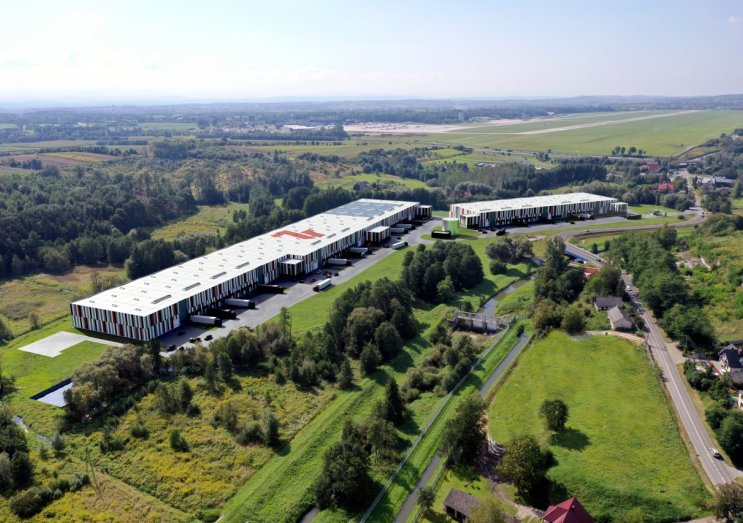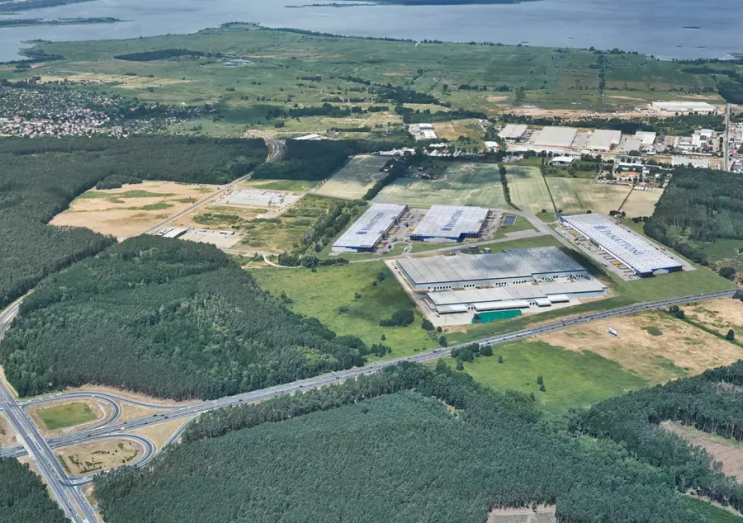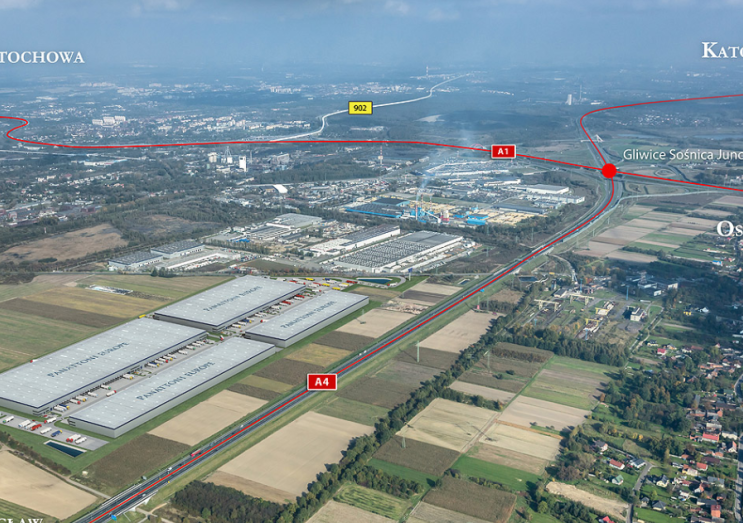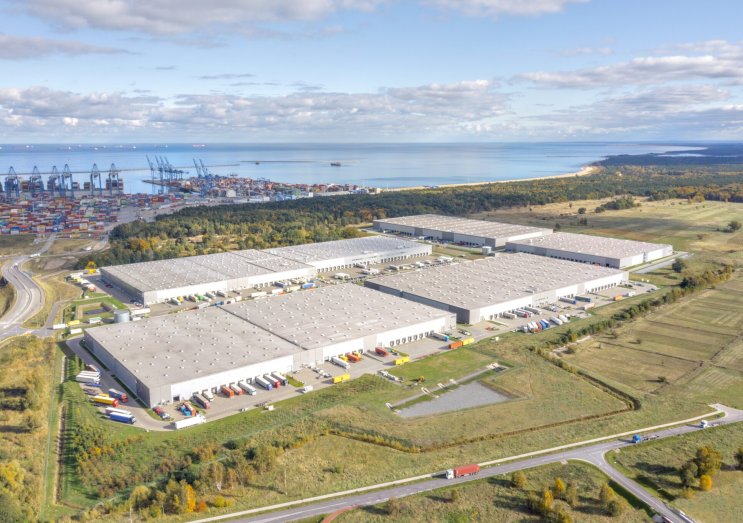The expansion of an Asian e-commerce giant in the Wrocław area is likely to spur a new wave of logistics investments from the Far East. In the past two years alone, Shein has opened nine warehouse centres in the region. This sends a strong signal to other Asian online marketplaces that Lower Silesia is a proven logistics hub for serving the European market.
“To accommodate new tenants, including leading online marketplaces, developers broke ground on several large-scale projects in the region last year – some developed speculatively, without pre-lets, but in anticipation of a quick rebound in demand. As a result, 674,550 sqm of modern production and warehouse space was delivered to the Wrocław market in 2024, marking the second-highest annual supply in the region behind only 2022, with another 318,800 sqm completed in the first quarter of this year. This saw Wrocław (5,254,400 sqm of industrial and warehouse stock) overtake Central Poland (4,941,100 sqm of stock) and become the country’s third-largest warehouse market,” says Anna Domańska, Associate, Newmark Polska.
Bespoke facilities ready for e-commerce tenants
One of the most technologically advanced completions in early 2025 is a 67,550 sqm facility at GLP Wrocław V Logistics Centre. Located just off the S8 expressway and a 30-minute drive from the centre of Wrocław, the facility was designed to meet the requirements of modern e-retailing. Notably, the buildings feature a 12-metre clear height to support e-commerce logistics. The complex also incorporates a range of eco-friendly solutions, including smart metering systems that allow tenants to monitor individual utility consumption.
Other notable ready-to-lease facilities include EQT Exeter Park Wrocław South III, a modern complex of two buildings totalling 50,600 sqm. Situated in Bielany Wrocławskie just off the A4 motorway, it offers easy access to both Wrocław and other strategic locations across Poland and beyond. Since early 2024, the Lower Silesian market has also seen three new completions within P3 Wrocław, as well as one at Panattoni Park Wrocław Logistics South and the delivery of ECE Kąty Wrocławskie.
Wrocław strengthens its logistics advantage
“The entry of a leading market player like Shein into Wrocław must have caught the attention of its competitors who tend to flock to established locations to benefit from readily available solutions. At the same time, our experience shows that companies in this sector take decisions quickly and expect immediate access to warehouse space. Consequently, speculative construction is likely to prove a prudent strategy that will deliver the expected results in the long term,” says Anna Domańska.
Although the pace of e-commerce growth across Poland has eased compared with 2020-2023, the outlook remains positive. According to a PwC report, the country’s e-commerce market is expected to reach PLN 192 billion by 2028, with an average annual growth rate of 8%.
Wrocław has long been an excellent location for e-commerce expansion. “The region offers access to the A4 and A8 motorways, the S8 expressway, a robust distribution network and a large labour pool, all of which are essential to seamless online order fulfilment. Another major advantage of the capital of Lower Silesia – sometimes dubbed the second Silicon Valley – is the strong presence of IT and high-tech companies, which can support the operations of global marketplaces,” comments Anna Domańska.
Stable demand and strong market players
Occupier demand for warehouse space in Lower Silesia remains stable. Take-up in the first quarter of this year totalled 113,600 sqm – almost on a par with the five-year Q1 average. Locations attracting the strongest interest included Nowa Wieś Wrocławska (19% of total take-up), Magnice (14%), Bielany Wrocławskie (10%), Wrocław (9%) and Wojtkowice (8.5%). Together, these five locations accounted for nearly 60% of total leasing activity over the past four quarters.
“Since 2021, annual take-up in Lower Silesia has averaged more than 900,000 sqm – well above the half-million figure posted in earlier years. This attests to the exponential growth of the regional warehouse market,” says Anna Domańska. The largest deals since early 2024 saw an e-commerce tenant take 126,000 sqm at Panattoni Park Wrocław Logistics South Hub, LX Pantos renew its lease for 98,700 sqm at Prime Logistics Wrocław in Pietrzykowice, and a fashion retailer sign a new agreement for 56,200 sqm at Panattoni Park Legnica.
“The Lower Silesian warehouse market has been driven by several strong demand-side factors. Over the past year, the most active occupiers – in addition to online retailers – have included 3PL providers serving e-commerce clients, as well as brick-and-mortar retailers. The automotive sector has recently seen a reduction in activity due to the slowdown in the German economy, but it remains a major market player,” says Anna Domańska.
Record boom expands options for occupiers
While occupier demand remains steady, warehouse construction in the Wrocław region has visibly slowed. Faced with a rising vacancy rate – which hit 11.6% at the end of the first quarter, its highest level since 2012 – developers have scaled back new projects to focus on leasing existing facilities. As a result, the regional warehouse development pipeline currently stands at just over 36,000 sqm. This total includes the extension of Wrocław Campus 2 – Panattoni’s largest industrial park in Lower Silesia. Another 25,000 sqm of modern warehouse space is under construction, all of which is still available for lease.
With warehouse availability remaining high, landlords are also showing more flexibility during lease negotiations. Average asking rents in the region currently stand at EUR 4.20–4.40 per sqm, with older facilities commanding lower rents of around EUR 3.80. Rental rates for warehouse space in urban areas are approximately EUR 5.00 – still a competitive and stable level for business development.
“In this case, high warehouse availability is not a negative indicator for the market. Rather, it reflects a natural adjustment phase after several years of rapid growth. Between 2019 and 2025, nearly 3.4 million sqm was delivered across Lower Silesia, representing 65% of the region’s total existing stock. At present, Wrocław trails Upper Silesia, the second-largest regional hub, by just over 600,000 sqm, and Warsaw, Poland’s top warehouse market, by 1.8 million sqm,” says Anna Domańska, Newmark Polska. “After a period of strong market growth which saw occupier and developer activity set new highs, the Wrocław market is now entering a phase of stabilization, setting the stage for another wave of occupier demand. Importantly, warehouse tenants now benefit from more choice, with Lower Silesia standing out as a uniquely attractive market from their perspective.”



